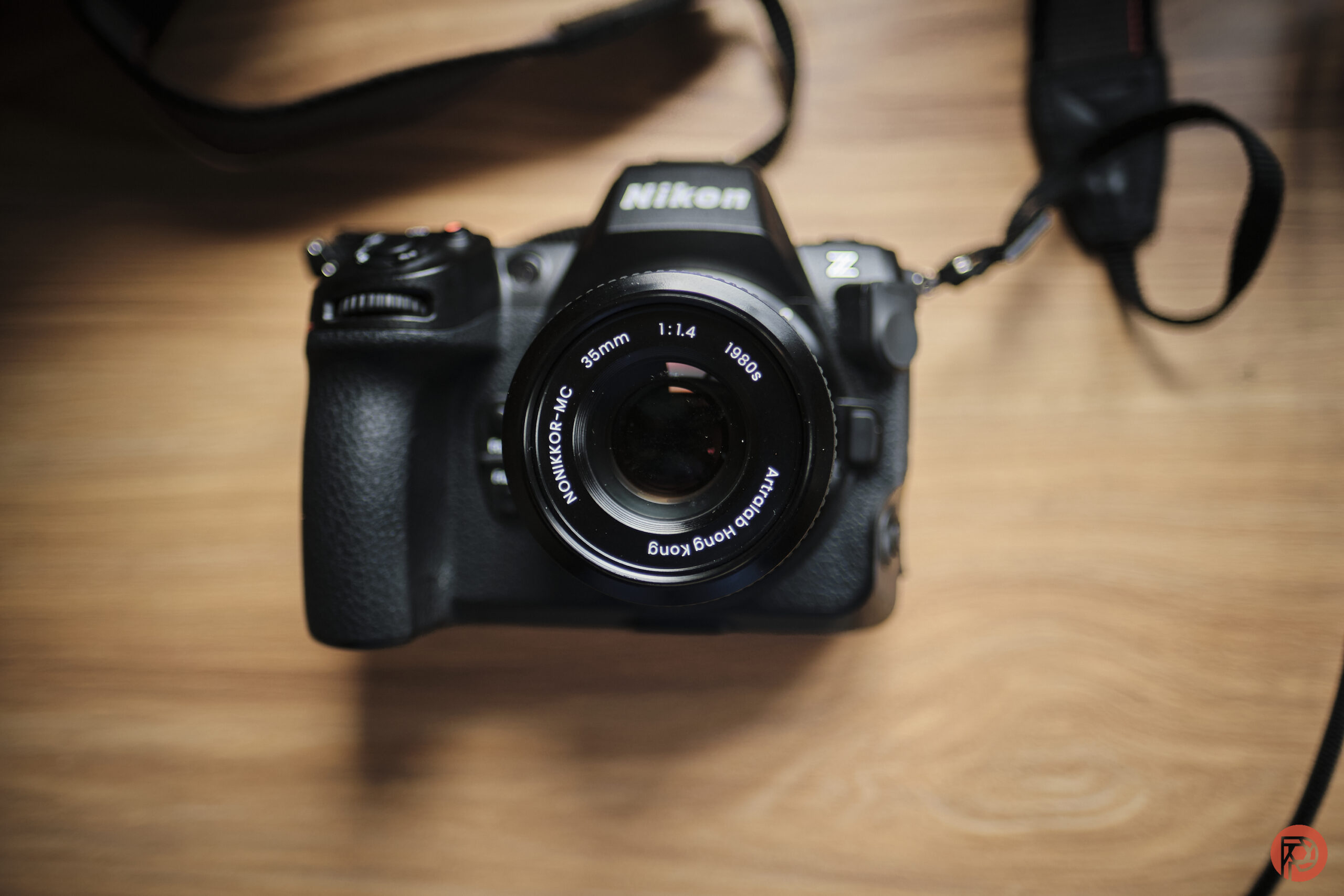
I remember where I was when I heard that Biden had won the last election. Specifically, I was in my office as Queens was a bit quieter and working. Newer parts of NYC, however, were in uproar and taking to the streets. So I went to photograph all the happenings that night in Times Square as posts went up on Instagram talking about how lots of celebrations were going to happen. And I remember the cameras I used that day: the Fujifilm X Pro 3 and the Fujifilm XH2. More memorable to me, though, was the moment. And sometimes, as a photographer, I wonder if others remember the cameras that they used during memorable times in their lives.
There are several very memorable times that I remember the cameras I used:
When my maternal grandfather died, I took my Canon 5D Mk II with me to hide my grief behind a camera.
When I photographed the pillow fights in NYC, I used a wide variety of cameras as part of my tests for this website. But I started with the Olympus E510 DSLR.
When I started to explore my young adulthood in my 20s, some of my most formative memories were shot with the Fujifilm X100.
Some of my best memories on the NYC subway were shot with the Leica M9 and its various iterations.
One of my viral photography projects was shot on various cameras using various lights and lenses.
Some of my favorite photos during the Mermaid Parade in NYC were shot on the Nikon D500.
Many of my favorite portraits were shot on the Canon EOS R or the Canon 6D.
Lots of my favorite street photography moments were done using the Voigtlander Bessa R
Several of my favorite images shot during Burlesque events were with the Nikon D810.
My best double exposures were made with Canon cameras — several of them.
These moments aren’t characterized by the cameras that I was using, however. Instead, they were characterized by emotions first. I, in most cases, was trying to be in the moment. The camera was just a memory storage device. But because it’s my job to test various cameras as a journalist, I tend to remember these moments.
Most photographers, don’t switch cameras out the way that I do, though. And that’s evident in our coverage of 9/11 over the years. All the photographers that we’ve talked to remember the devices that they used during those very important and huge moments.
However, we’ve also talked to several photographers who are not technical-minded at all. In fact, one time, I interviewed a photographer that needed to go back to her camera bag to check what camera and lenses she used. Instead, they care even more about the moment.
This begs the larger question though: can the right device make capturing those moments even more special? And truly I think it can. It can be your phone, but the ergonomics of the device can majorly help to propel your emotions and excitement. Looking through a viewfinder can make it seem like you’re being treated to your own special show that’s just available for you. However, you’re experiencing, smelling, and feelings all the things around you that you can’t get from a photograph.
With all this said, there is totally the idea of a camera getting in the way of experiencing those memories at the time — just like the great Ken Rockwell says. My Leica M6, for as much as I love it, can’t adapt to a moment like a new Leica camera can. And because of that, it puts me in the zone consistently. There’s nothing wrong with that, it just forces me to always think about taking photos. But several other cameras let me just hang behind them and shoot what’s happening in front of me. Later on, I may look back at those images or not.
While those devices enhance your experience, I think a bigger problem is that we never look back on those photos. Instead, they stay stored in some place, and they’re never looked at. Oftentimes, they’re forgotten about.
To that end, I think that photographers sincerely need to print their photos more often when they truly care about them. And to get them to truly care, it can start with the moment. The camera that they’re using is a secondary, but important thing.






